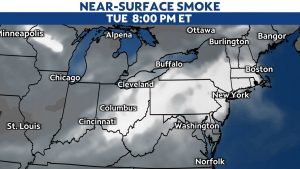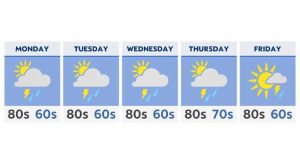COLUMBUS, Ohio — Benefits provided under the Supplemental Nutrition Assistance Program (SNAP) are set for a record increase in October.
The United States Department of Agriculture made the announcement Monday after a re-evaluation of the Thrifty Food Plan, which is used to calculate SNAP benefits.
“A modernized Thrifty Food Plan is more than a commitment to good nutrition – it’s an investment in our nation’s health, economy and security,” Agriculture Secretary Tom Vilsack said in Monday’s release. “Ensuring low-income families have access to a healthy diet helps prevent disease, supports children in the classroom, reduces health care costs, and more. And the additional money families will spend on groceries helps grow the food economy, creating thousands of new jobs along the way.”
Spectrum News 1 agriculture expert Andy Vance discussed the connection between SNAP and agriculture during this week’s edition of the Ag Report.
“In reality, agriculture is about producing food, right? So the USDA or what we often call the ‘People’s Department’ also has responsibility for the nation’s food assistance program including SNAP, Supplemental Nutrition Assistance Program, but also things like free and reduced school lunch and breakfast programs (and) things like the WIC program. There are a variety of feeding programs designed to help Americans take advantage of the bountiful harvest that U.S. farmers produce every year,” Vance said.
According to the USDA, the average SNAP benefit will increase by an average of $36.24 per individual per month.
“One of the challenges, when you’re looking at economic inequalities, is that people who have smaller volumes of income, smaller amounts of revenue in their household, they spend a larger percent of the money on food,” Vance said. “Maybe 35, 40% of money is spent on food. Where folks at the upper-income brackets are spending low single digits. We have a safe, abundant, and affordable food supply, but if you’re already challenged in terms of the amount of money your household has available, you’re spending a much larger percentage of that on food, and the program is set up to help alleviate that.”
The increase amounts to about $1.20 extra per meal for someone who is receiving SNAP benefits.




